The River Lapwing (Vanellus duvaucelii), also known as the Masked Lapwing or Spur-winged Plover, is a captivating bird that can be found in various parts of Asia, including India, Nepal, Bangladesh, and Myanmar. With its striking appearance, unique behavior, and adaptability to diverse habitats, the River Lapwing has earned its place as a cherished avian species. In this article, we will explore the fascinating world of the River Lapwing, shedding light on its physical characteristics, habitat, behavior, and the significance it holds in local cultures.
River Lapwing images
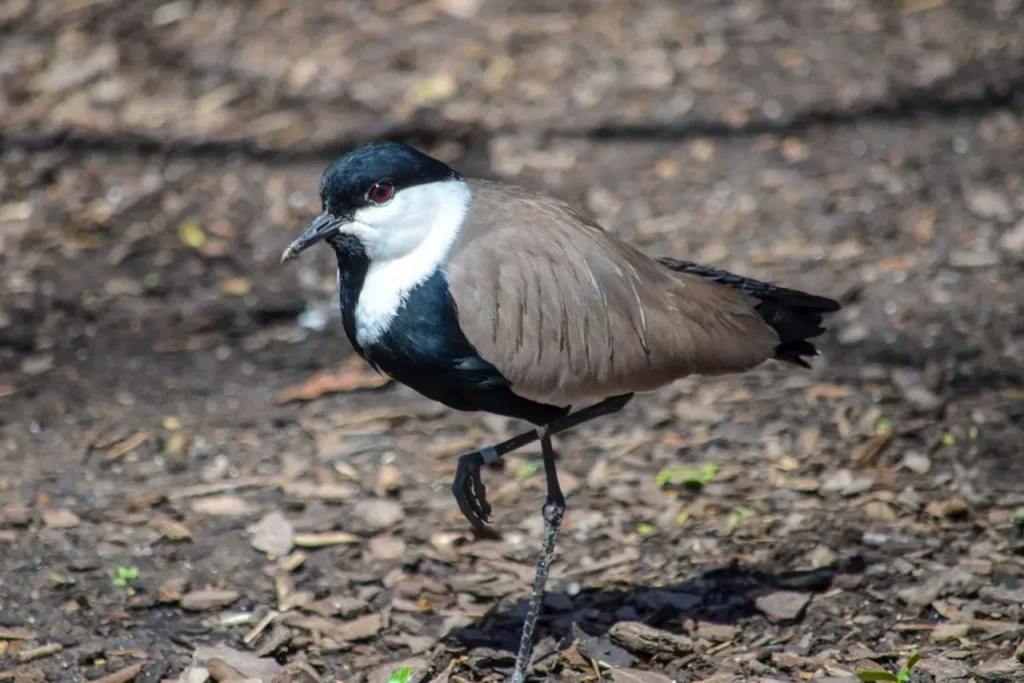
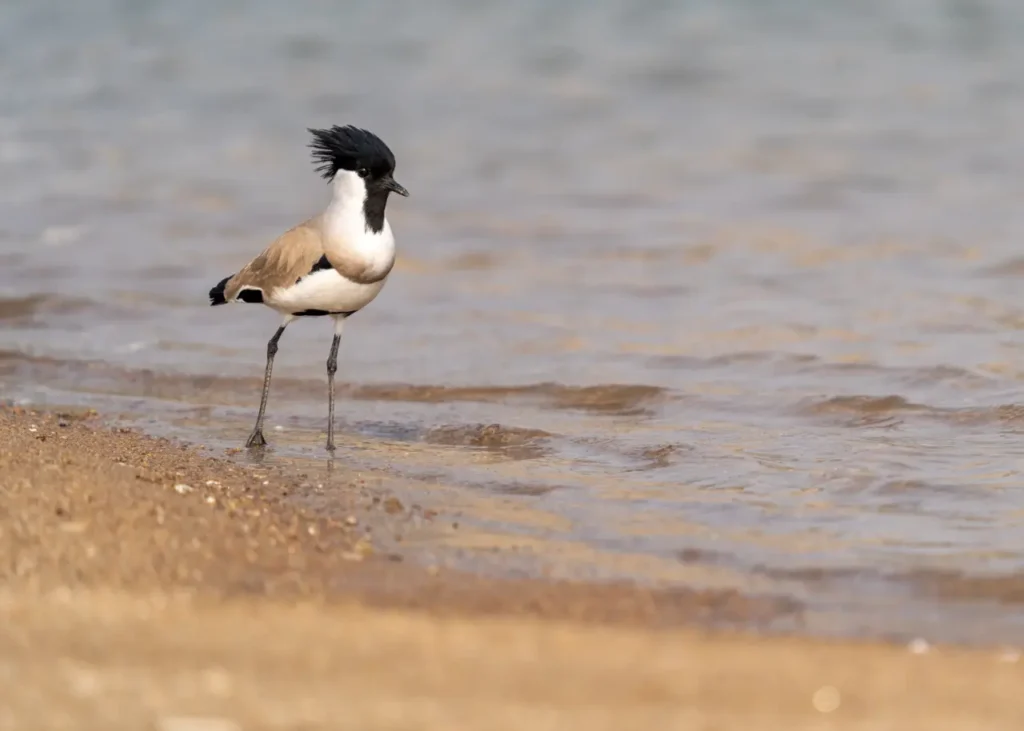
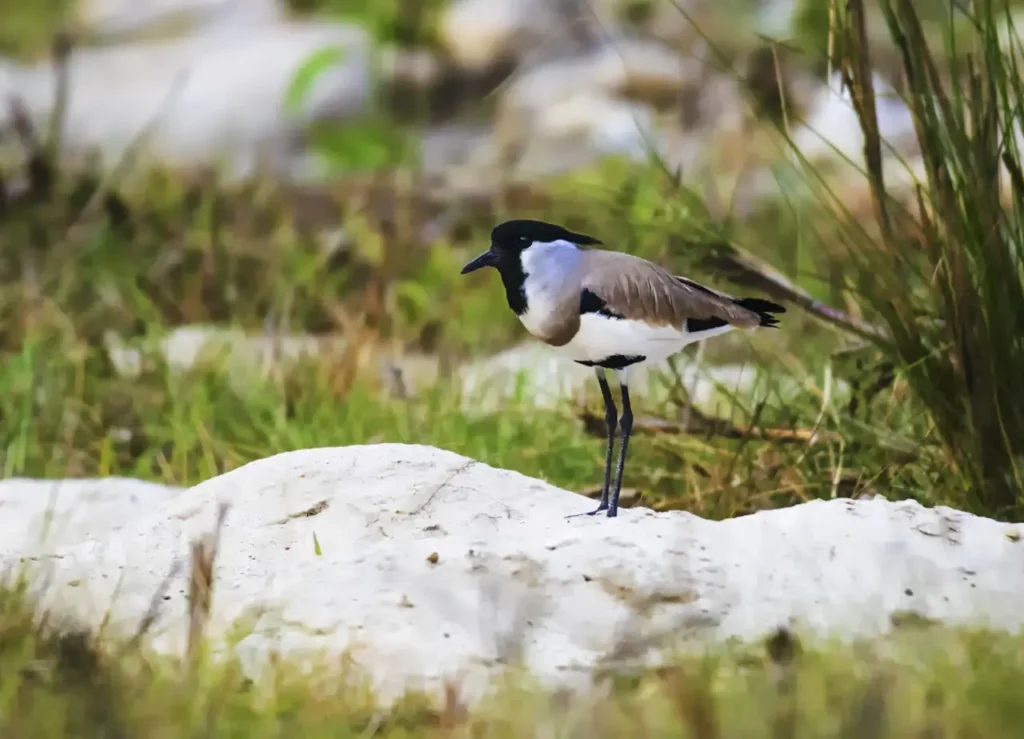
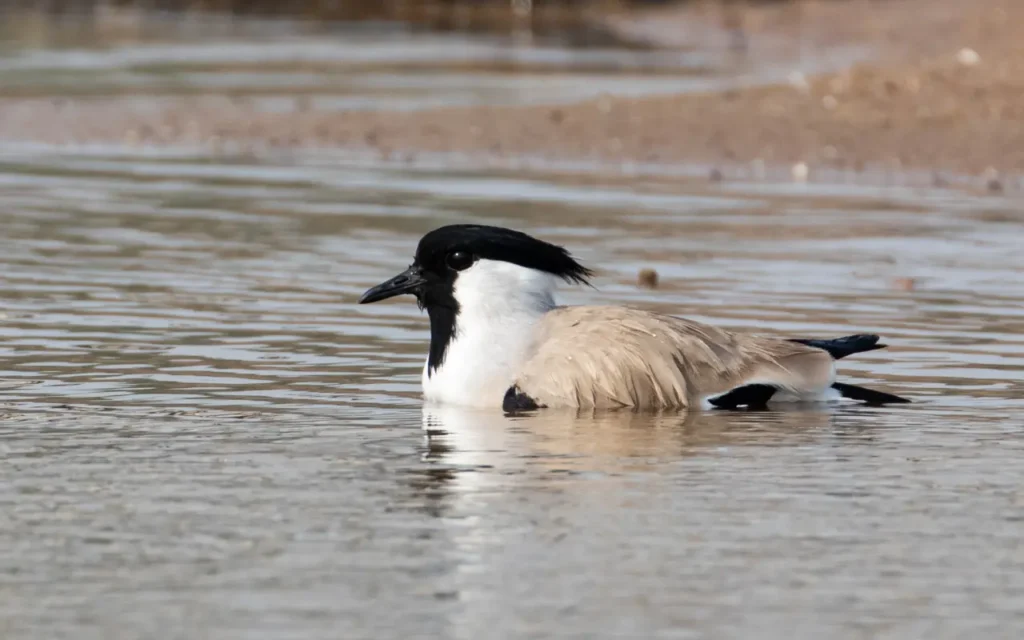
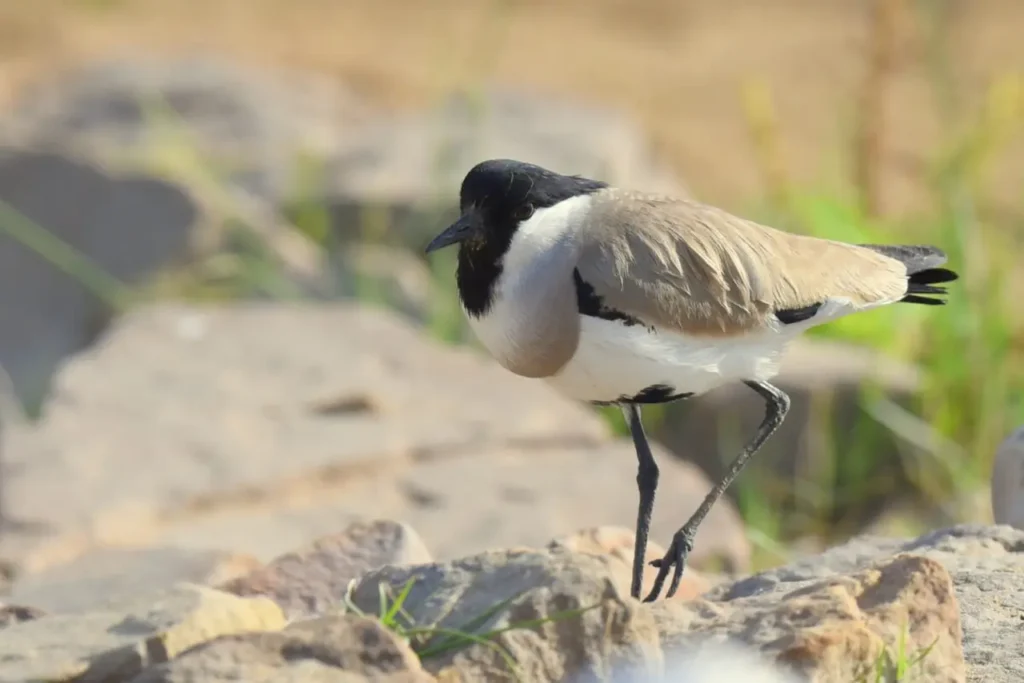
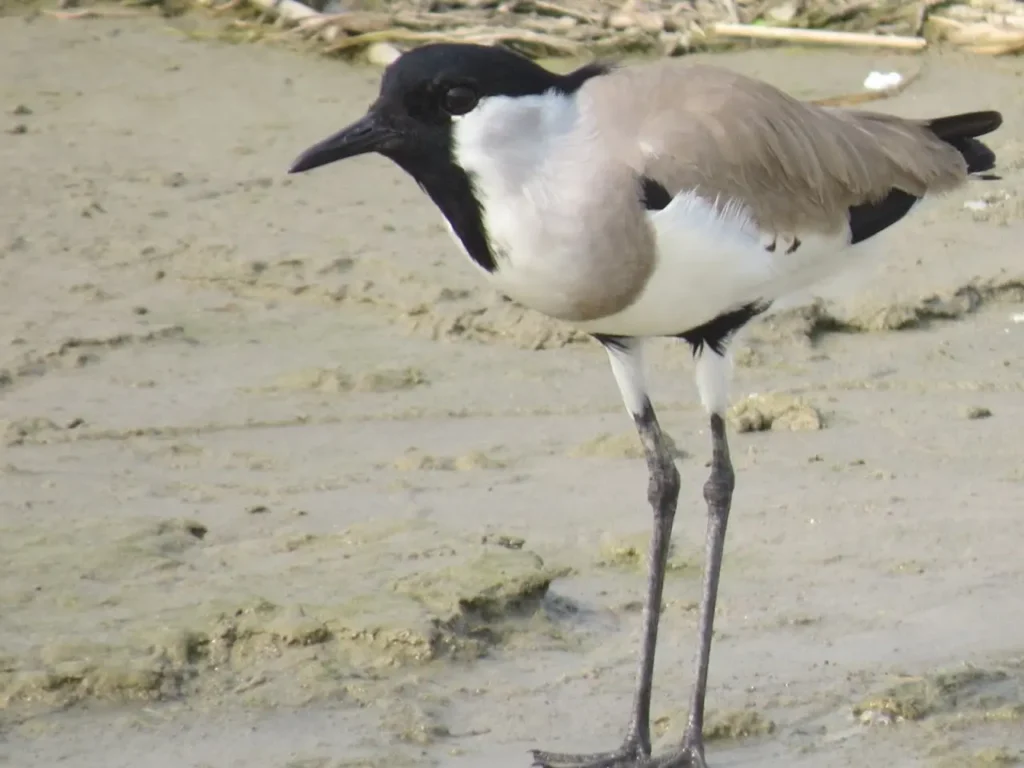
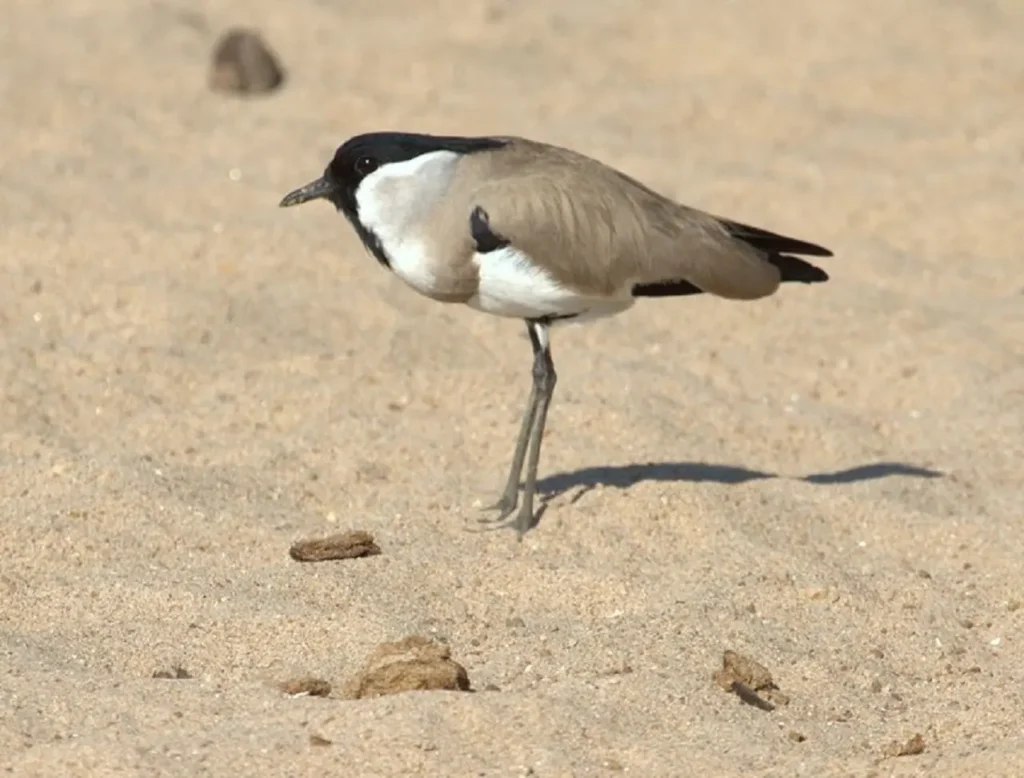
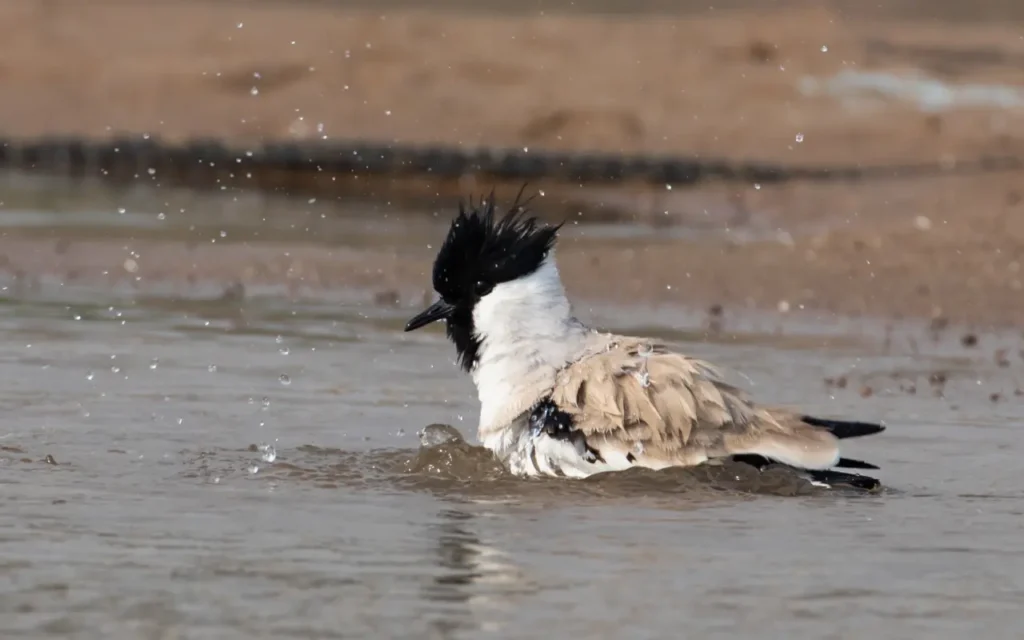
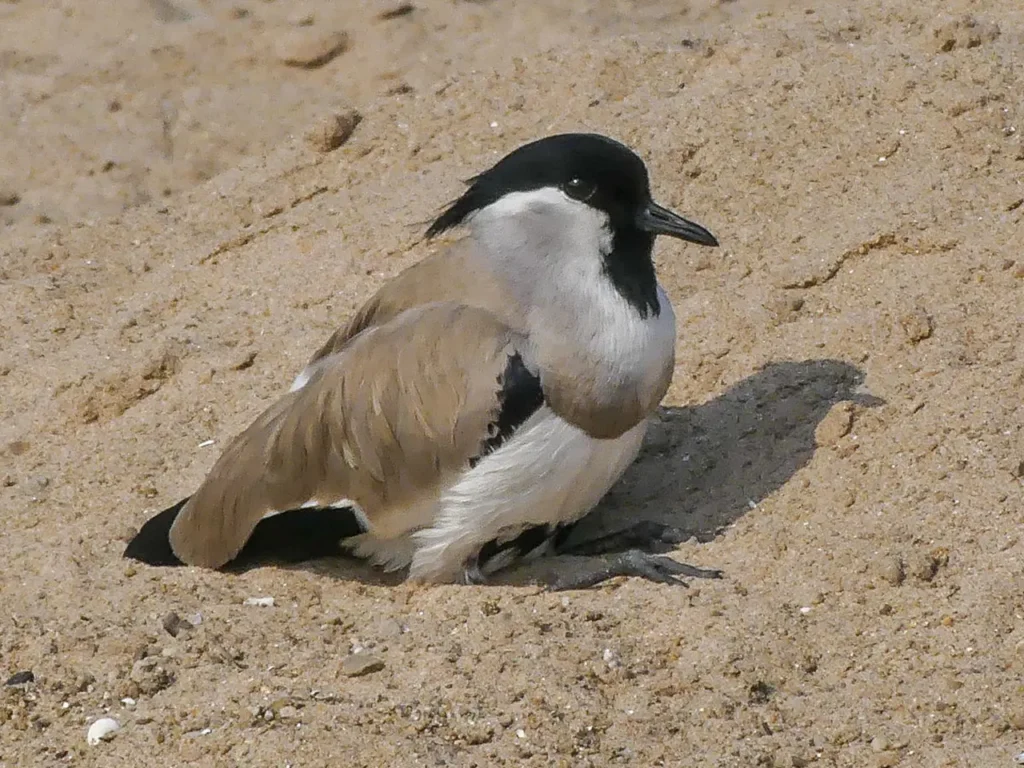
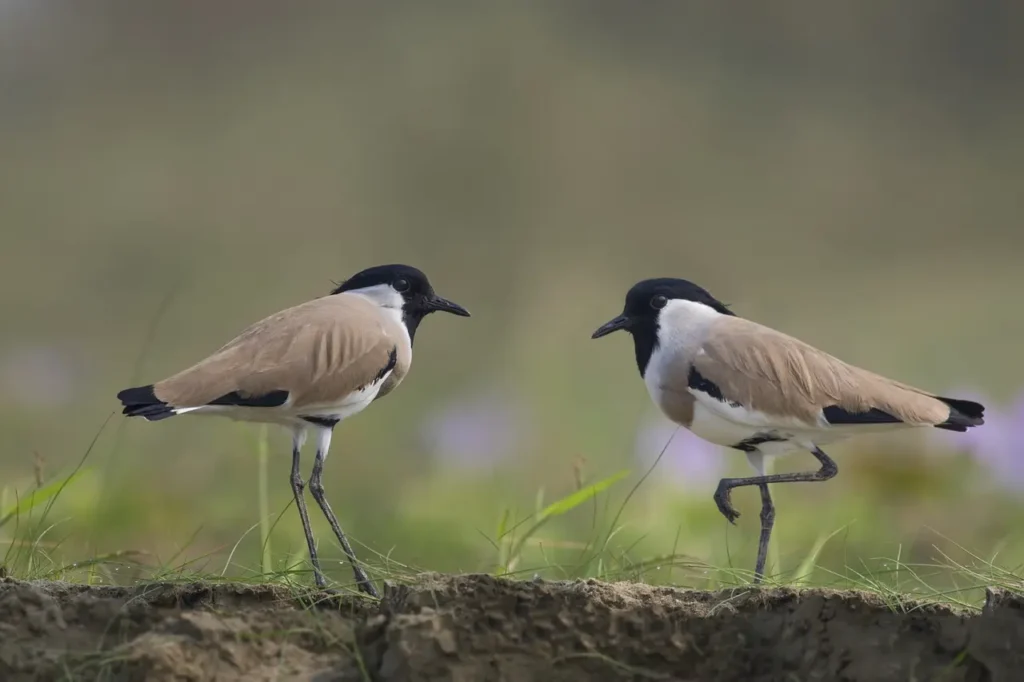
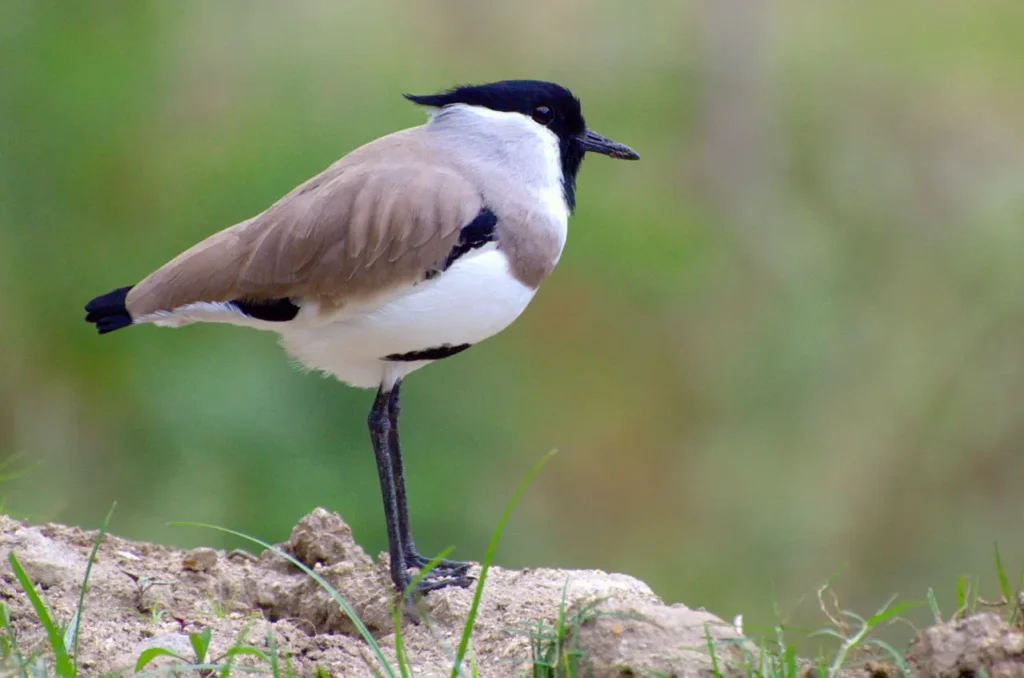
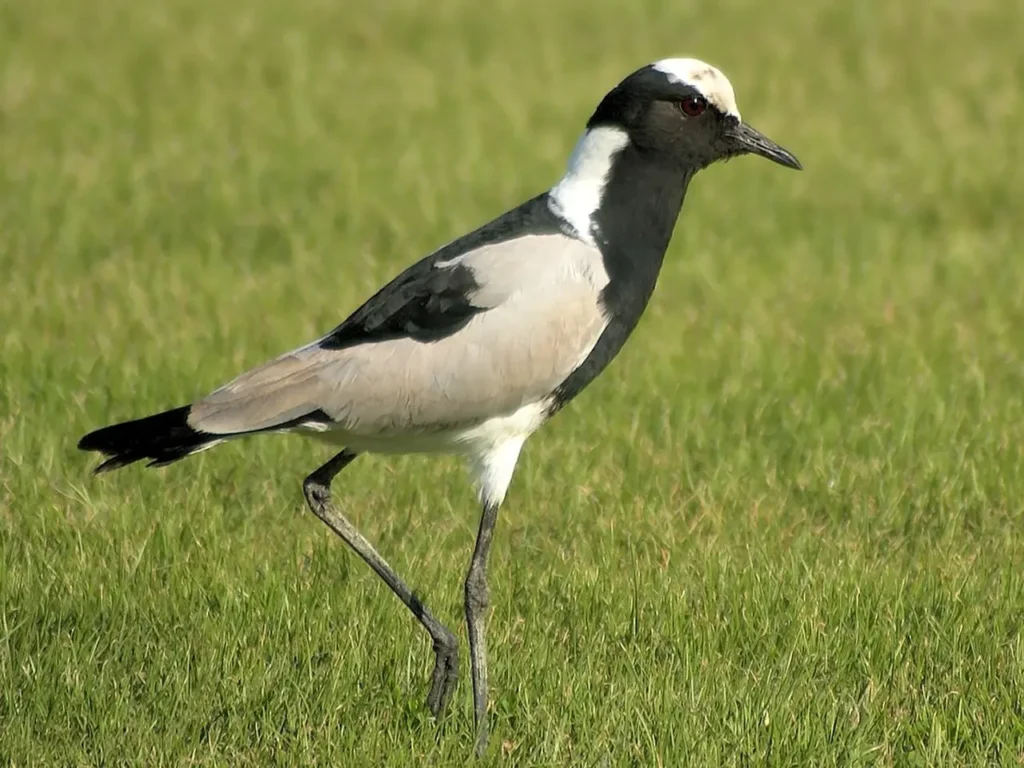
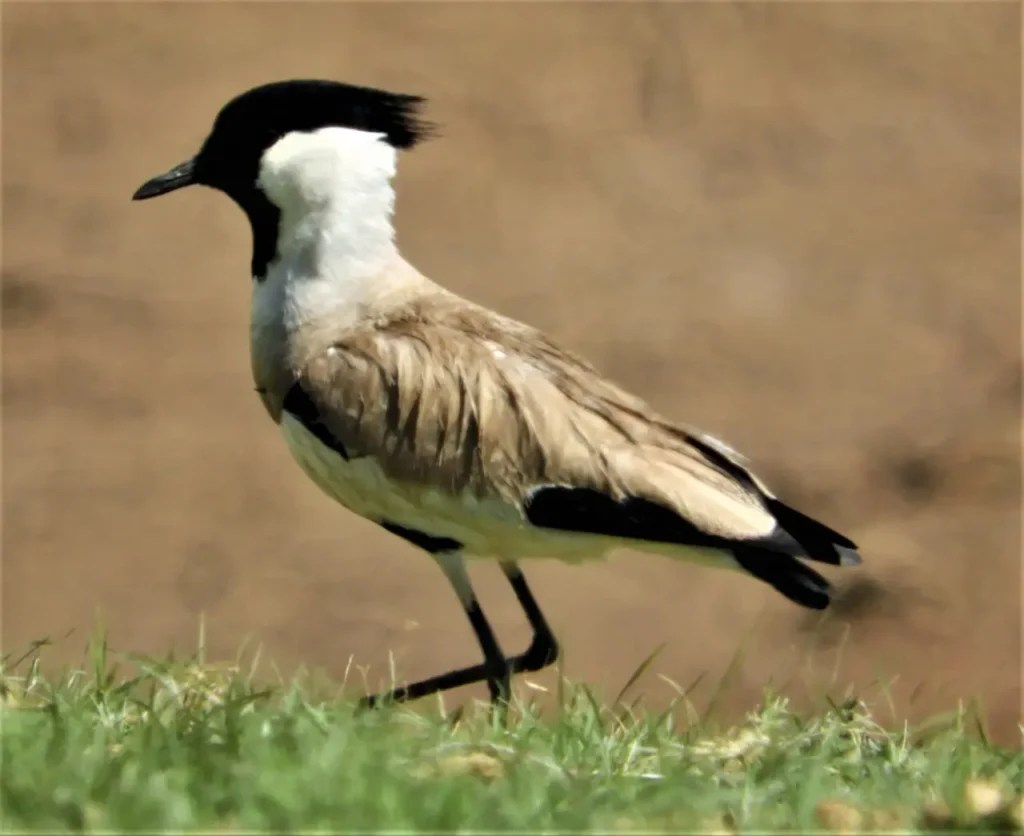
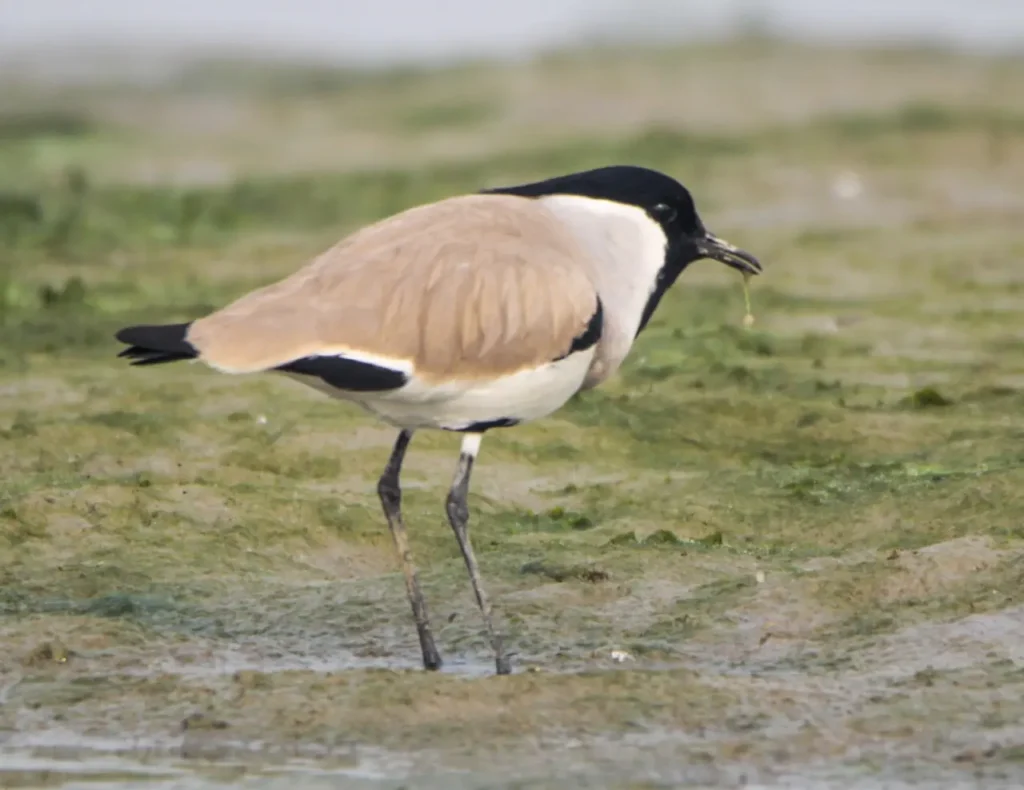
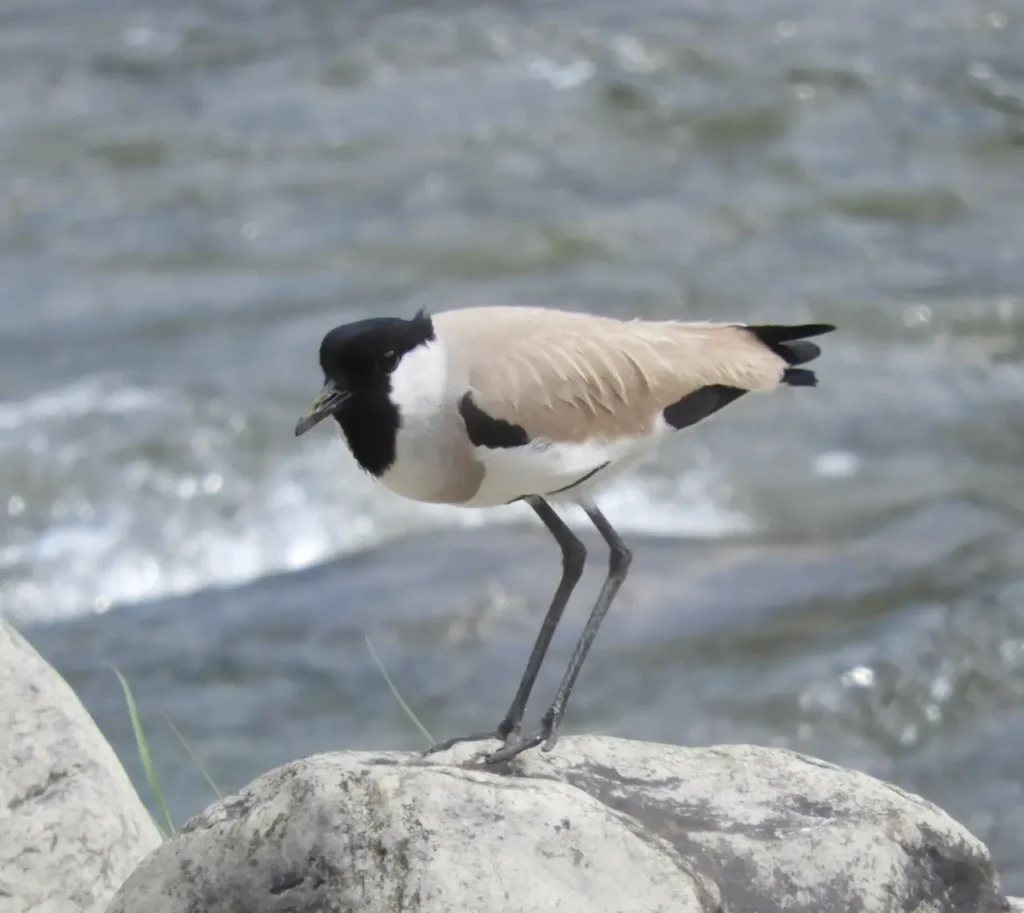
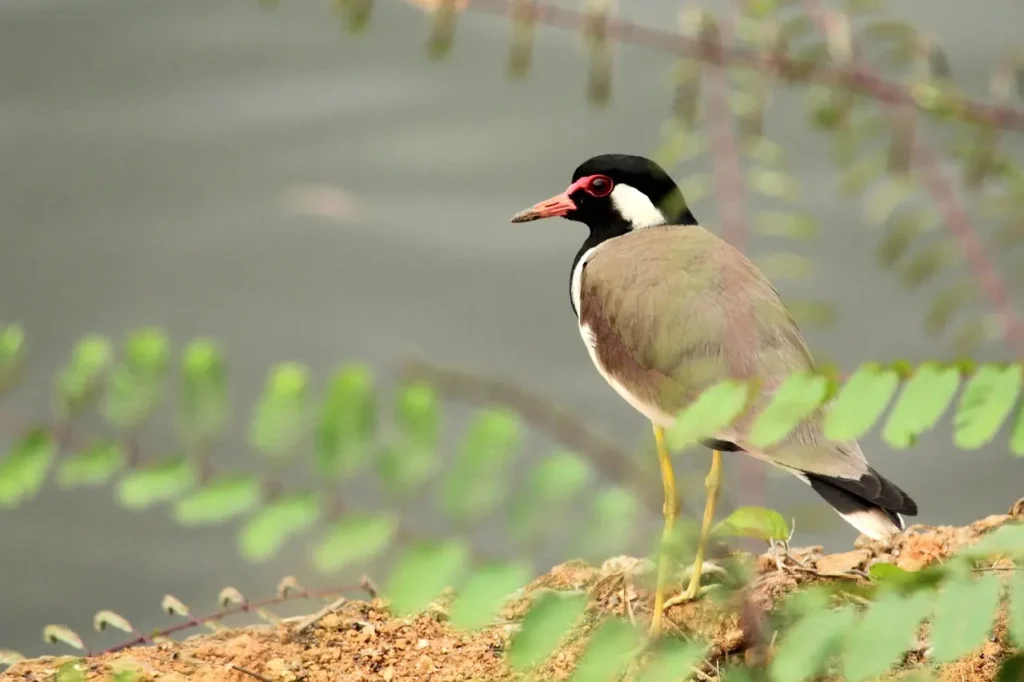
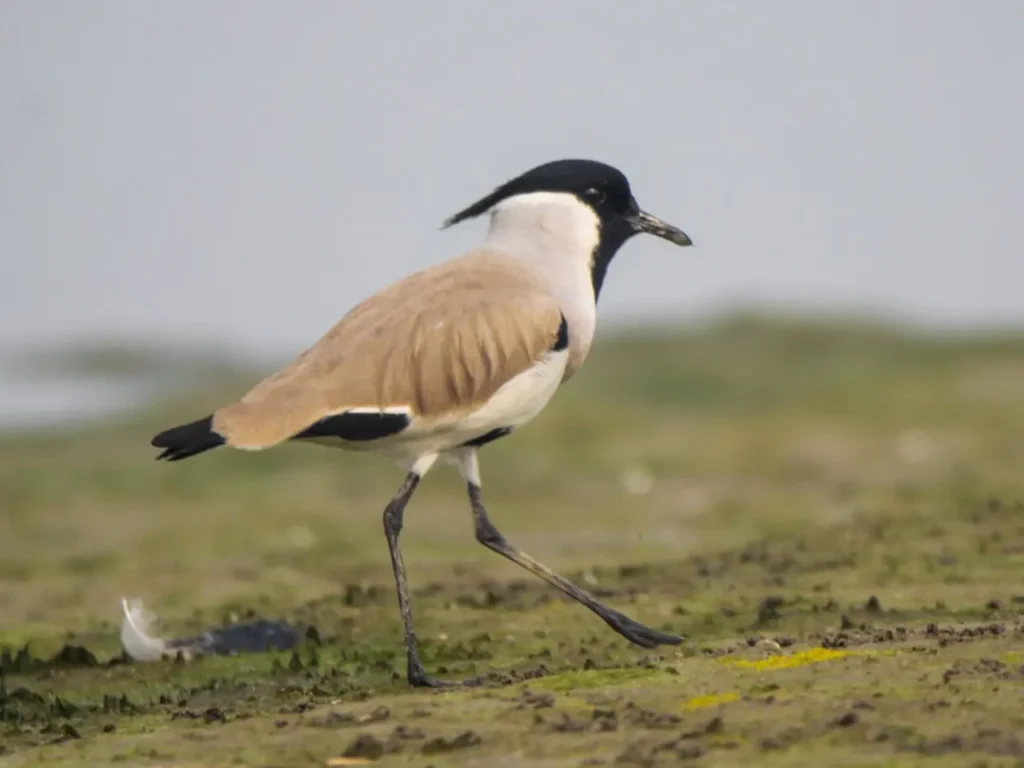
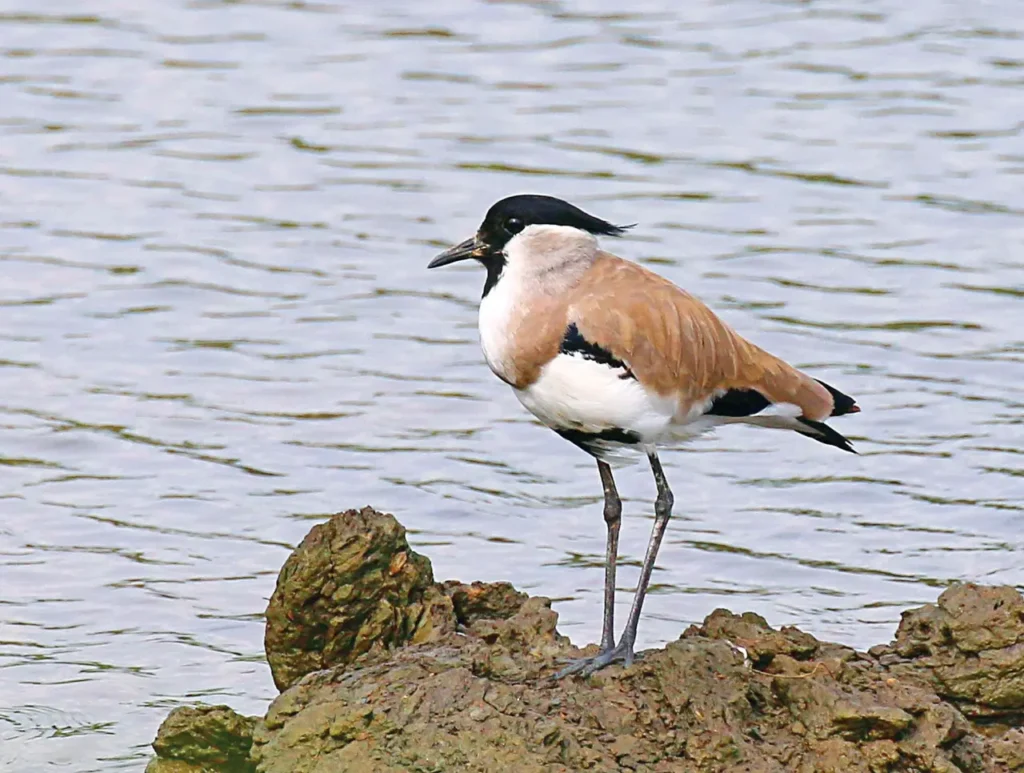
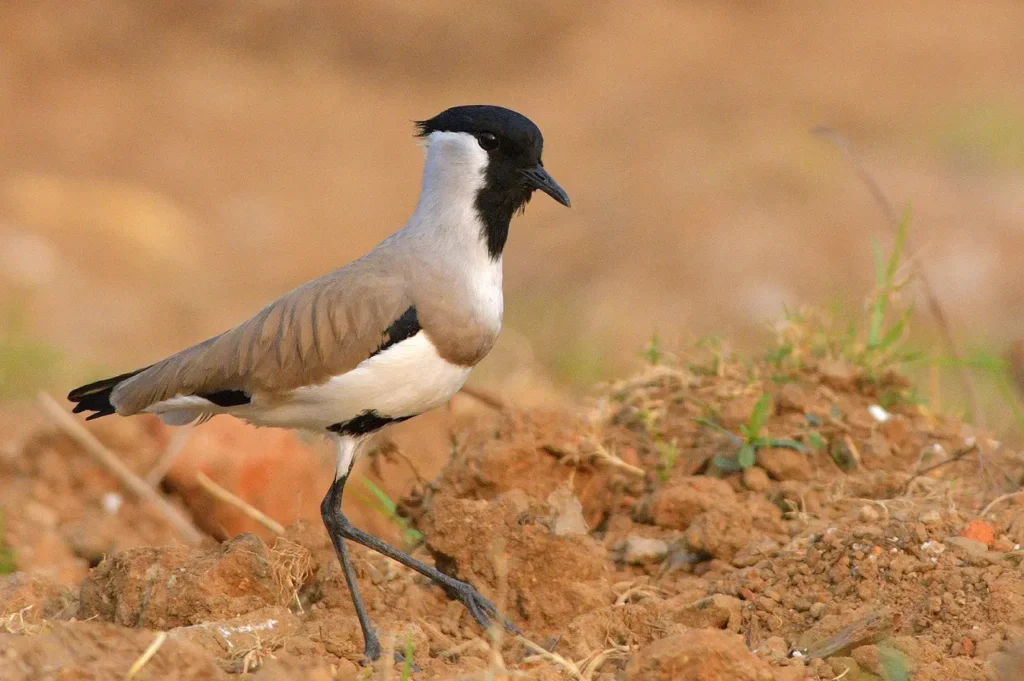
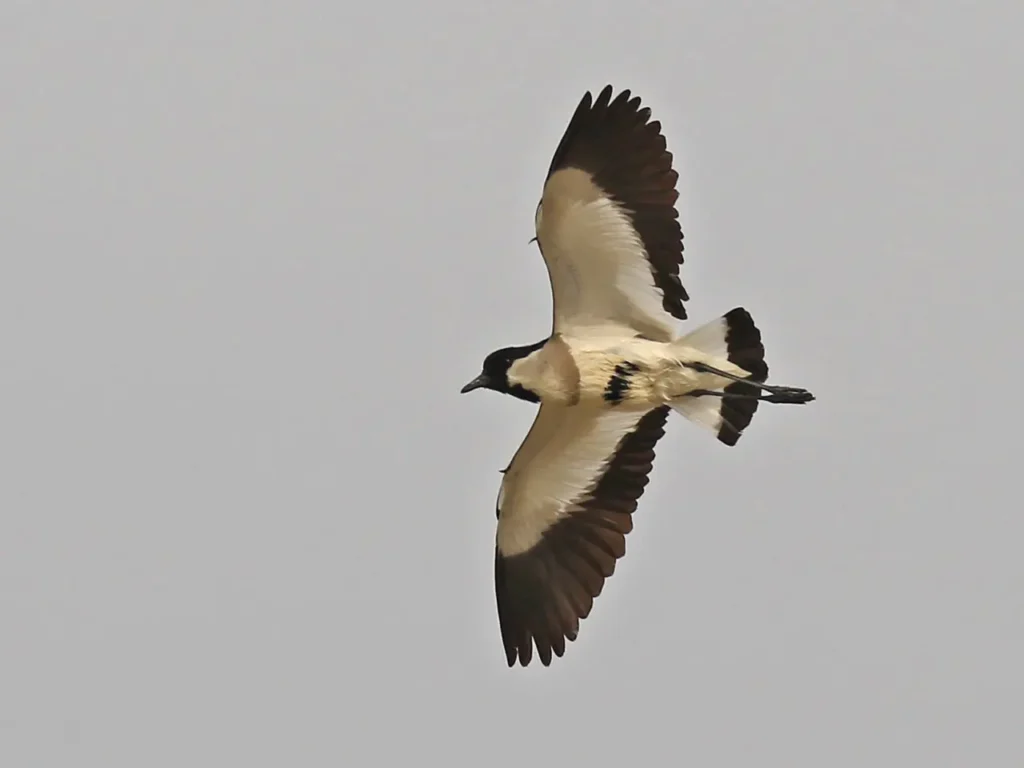
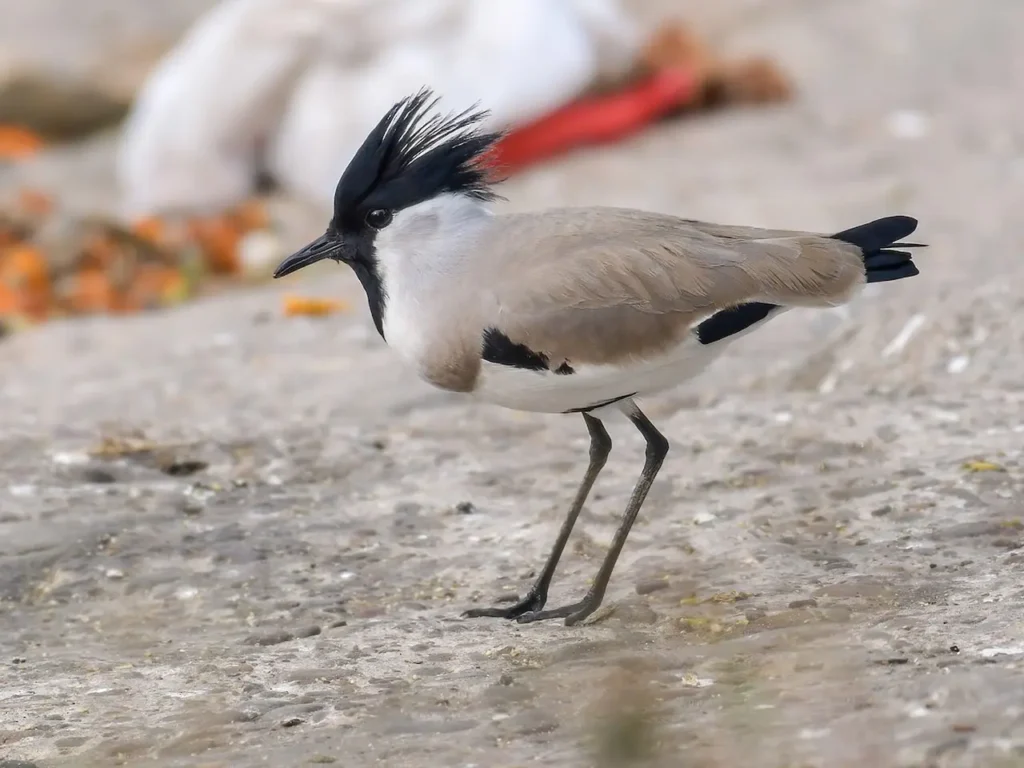
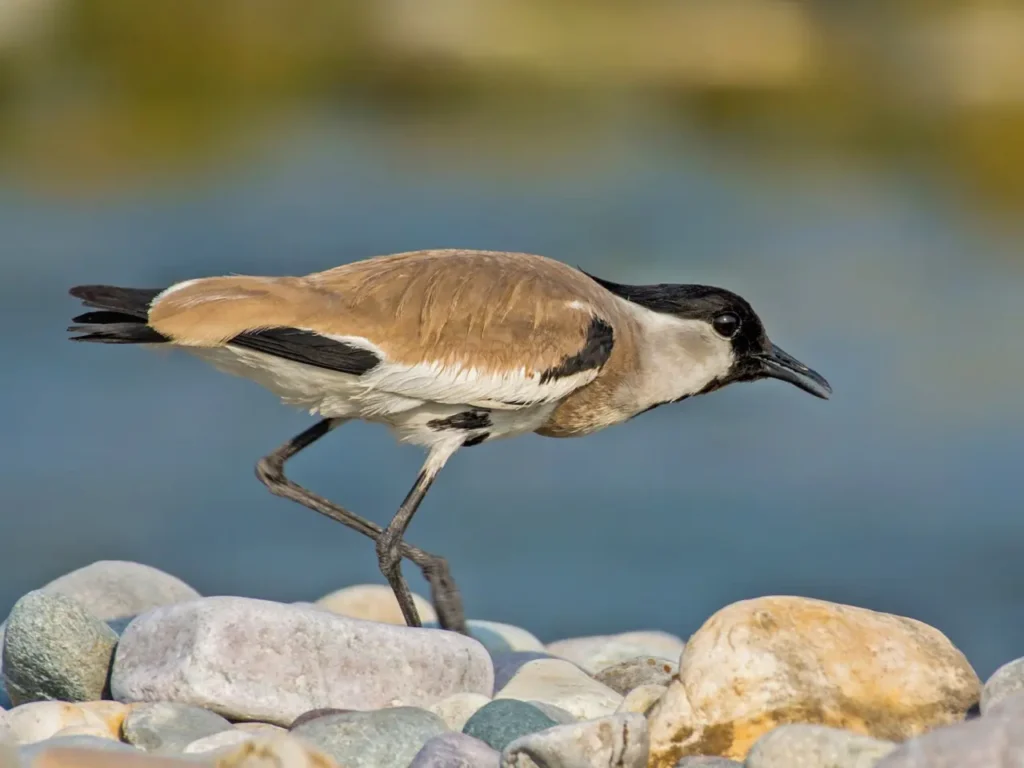

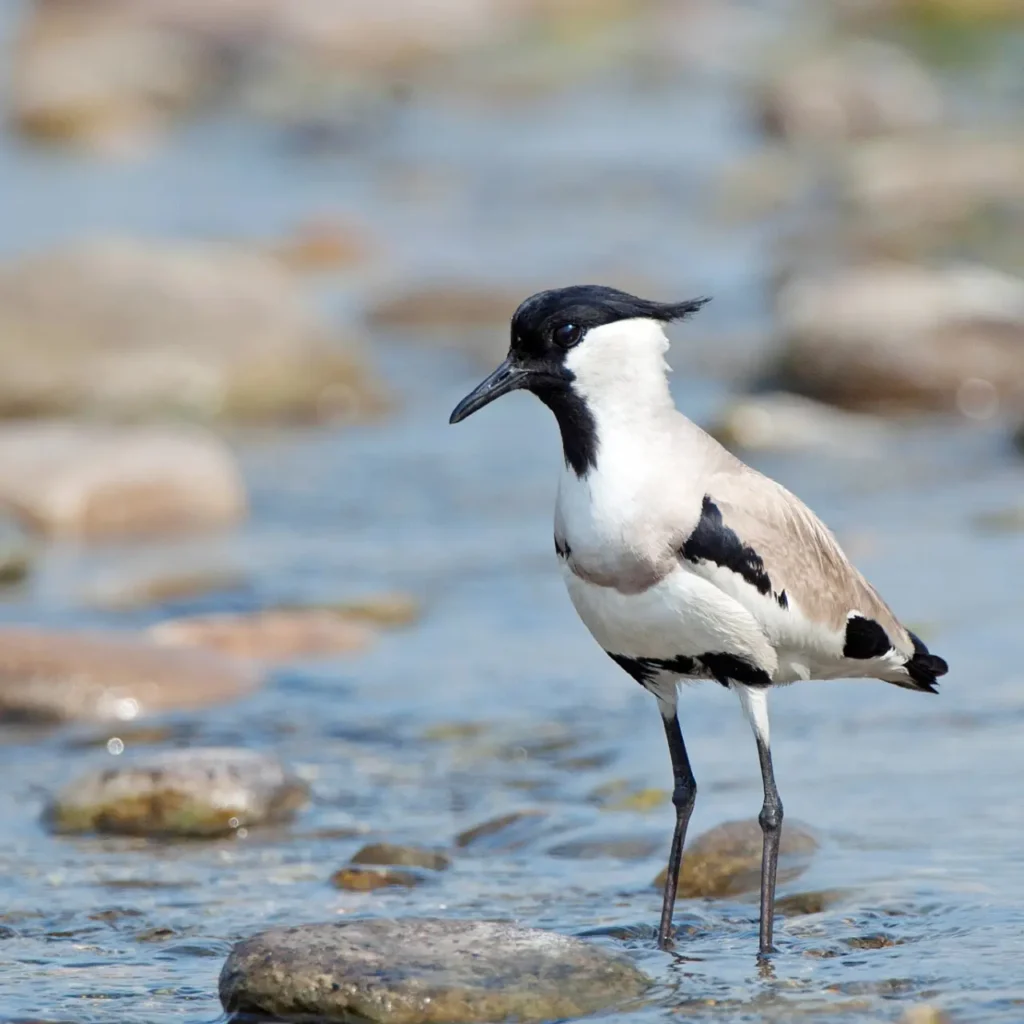
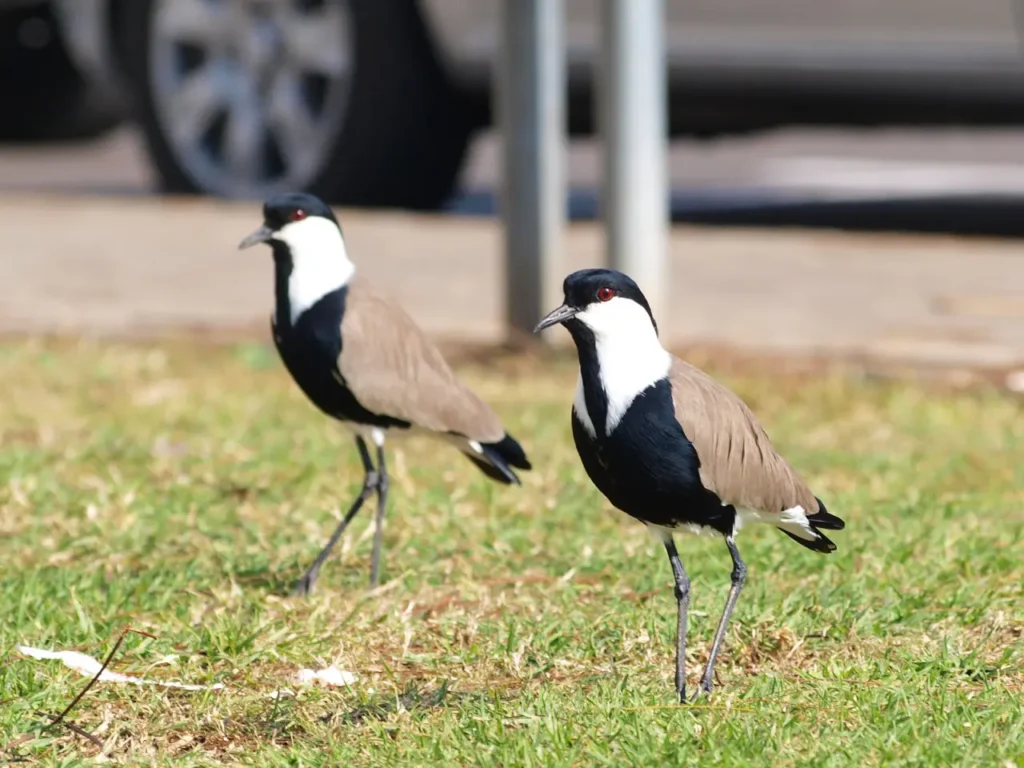
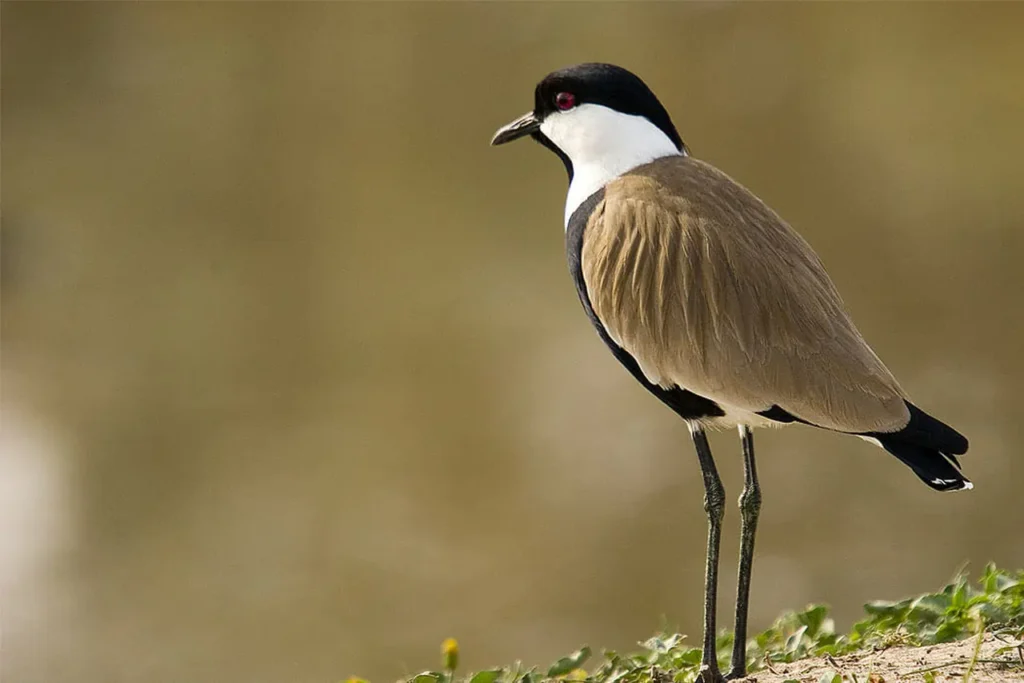
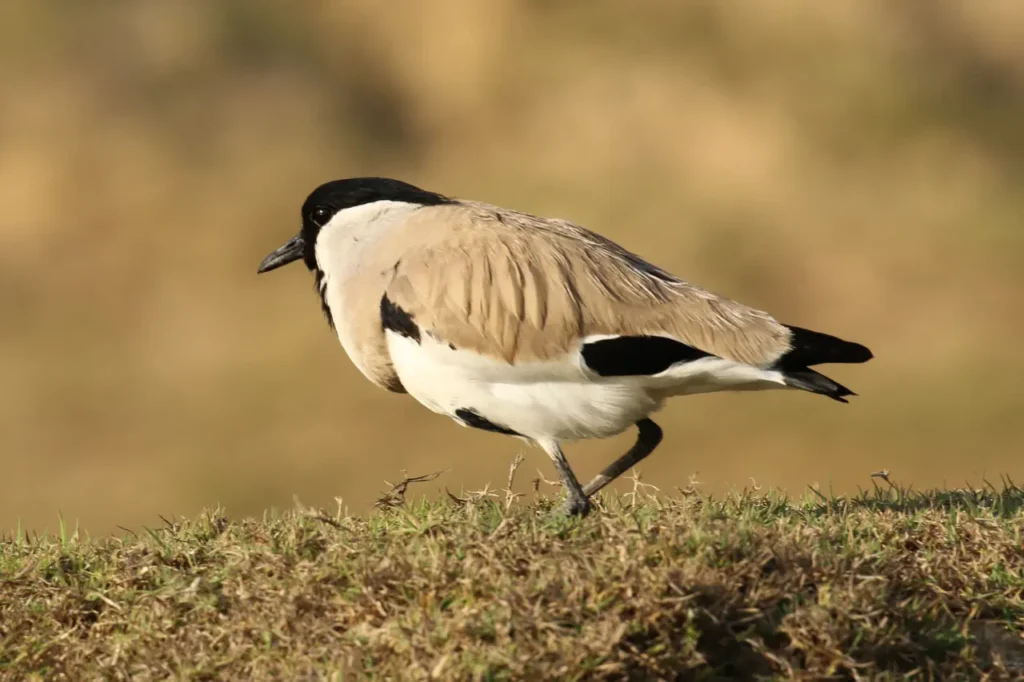
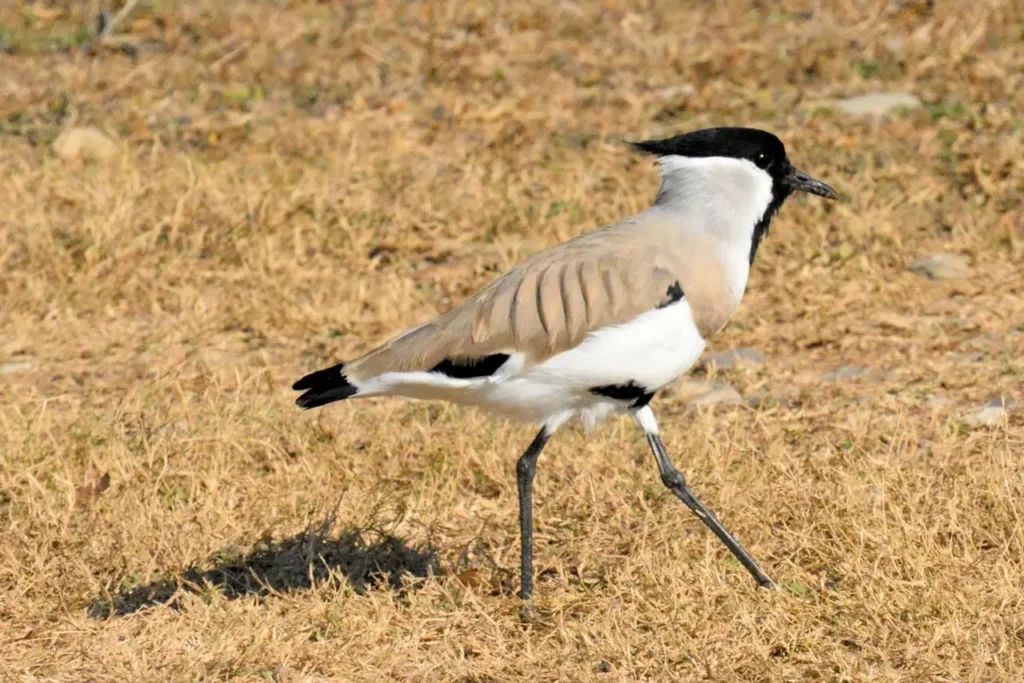
Appearance and Features
The River Lapwing is a medium-sized wading bird with a distinct appearance. It has a black crest on its head, which gives it the appearance of wearing a mask, and its eyes are adorned with a vivid yellow eye ring. The back and wings are brownish-black, while the underparts are white. One of its most notable features is the spurs on its wings, from which it derives its alternative name, Spur-winged Plover. These spurs are visible during courtship displays and serve as a territorial defense mechanism.
Habitat and Distribution
River Lapwings inhabit a wide range of habitats, including wetlands, riversides, marshes, paddy fields, and grasslands. They are adaptable birds and can also be found in urban areas, such as parks and gardens. Their distribution extends across parts of South Asia, with populations occurring in India, Nepal, Bangladesh, and Myanmar. They are migratory birds, moving to different areas depending on the availability of food and suitable breeding grounds.
Behavior and Breeding
River Lapwings are known for their distinctive calls, which consist of loud, shrill whistling and alarm cries. They are highly territorial birds and will vigorously defend their nesting sites. Their breeding season typically occurs during the monsoon months, when the rivers and wetlands are filled with water. During courtship displays, the male performs aerial acrobatics, swooping and gliding with its wings spread wide, all while calling out to attract a mate. Once a pair has formed, they build a ground nest in a well-concealed location, usually near water. Both parents take turns incubating the eggs and caring for the young.
Cultural Significance
The River Lapwing holds cultural significance in several regions where it is found. In Indian mythology, it is believed to be associated with Lord Vishnu, an important deity in Hinduism. As a result, the bird is revered and considered auspicious in some cultures. In addition to its mythological significance, the River Lapwing also plays a role in local folklore and traditional stories, adding to its cultural prominence.
Conservation and Challenges
The River Lapwing faces various conservation challenges, including habitat loss and degradation due to urbanization, agricultural expansion, and pollution. Wetland destruction and the conversion of natural habitats into human-dominated landscapes threaten the bird’s breeding grounds and food sources. Conservation efforts, such as the protection and restoration of wetlands, habitat conservation programs, and awareness campaigns, are crucial for the long-term survival of this graceful species.
The River Lapwing, with its distinctive appearance, adaptability, and cultural significance, holds a special place in the avian kingdom. Its presence in diverse habitats, from wetlands to urban areas, is a testament to its resilience and ability to coexist with human activities. By understanding and appreciating the River Lapwing’s beauty and ecological importance, we can contribute to its conservation and ensure that future generations can continue to admire this elegant bird, which symbolizes serenity and adaptability in the natural world.








